RESCHEDULED 1/17: Robert Carey, Principal Deputy CIO, DOD
The Government Technology & Services Coalition cordinally invites you to an Insight Session with Mr. Robert J. Carey, Principal Deputy Chief Information Officer at the Department of Defense.
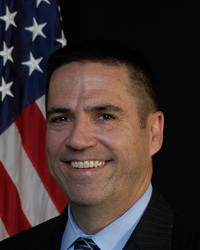
Mr. Robert J. Carey, Principal Deputy Chief Information Officer, U.S. Department of Defense
Mr. Robert J. Carey serves as the Department of Defense Principal Deputy Chief Information Officer. Selected to this position in October 2010, his main focus is to help lead the consolidation and standardization of the Defense information technology enterprise while strengthening its cybersecurity posture and the enterprise architecture. His additional focus is to align, strengthen and manage the office of the DoD Chief Information Officer to have it better serve the Department’s mission and help lead the IT/Cyber workforce into the 21st century.
From November 2006 to September 2010, he served as the fifth Department of the Navy (DON) Chief Information Officer (CIO) where he championed transformation, enterprise services, the use of the internet, and information security. Mr. Carey joined the staff of the DON CIO in February 2000, serving as the DON CIO eBusiness Team Leader through June 2003. During this period, he also served as the Director of the DON Smart Card Office from February through September 2001. Mr. Carey entered the Senior Executive Service in June 2003 as the DON Deputy Chief Information Officer and was responsible for leading the DON CIO staff to achieve IM/IT enterprise integration across the Navy & Marine Corps.
Mr. Carey’s Federal service began with the U.S. Army at the Aberdeen Proving Ground in October 1982, where he worked as a Test Director evaluating small arms, automatic weapons and ammunition. He began his service with the Department of the Navy in February 1985 with the Naval Sea Systems Command. He worked in the Anti-Submarine/Undersea Warfare domain where he served in a variety of engineering and leadership positions.
Mr. Carey earned a BS in Engineering in 1982 from the University of South Carolina and a Master of Engineering Management from the George Washington University in 1995. He has been awarded the Department of the Navy Distinguished Civilian Service Award (twice) as well as the Superior and Meritorious Civilian Service Awards. He received the prestigious Federal 100 Award in 2006, 2008, and 2009, recognizing his significant contributions to Federal information technology. He was selected to the InformationWeek Top 50 Government CIOs in 2009, 2010, and 2011. Mr. Carey was named the Defense Executive of the Year for 2009 by Government Computer News, and he also received the prestigious Association for Federal Information Resources Management (AFFIRM) Executive Leadership Award – Defense for 2011.
A native of West Chester, PA, Mr. Carey is an active member of the United States Navy Reserve and currently holds the rank of CAPTAIN in the Civil Engineer Corps. He was recalled to active duty for Operation Desert Shield/Storm and Operation Iraqi Freedom where, in 2006-2007, he served in the Al Anbar province with I Marine Expeditionary Force.

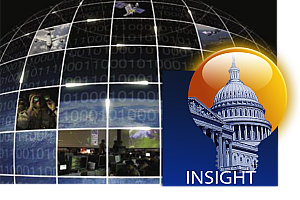


 Keynote: Dr. David A. Honey, Director for Science & Technology, Assistant Deputy Director of National Intelligence for Science & Technology, ODNI
Keynote: Dr. David A. Honey, Director for Science & Technology, Assistant Deputy Director of National Intelligence for Science & Technology, ODNI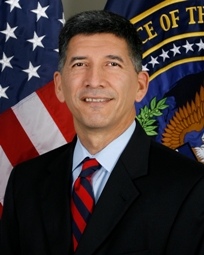 Keynote: Frank Montoya, Jr., Counterintelligence Executive, Office of the National Counterintelligence Executive (ONCIX)
Keynote: Frank Montoya, Jr., Counterintelligence Executive, Office of the National Counterintelligence Executive (ONCIX)  Joan McCarroll, Director, Systems Engineering and Integration (SE&I) Center of Excellence
Joan McCarroll, Director, Systems Engineering and Integration (SE&I) Center of Excellence Kathy Mills, Corporate Security Officer/Security Director, CENTRA Technology, Inc.
Kathy Mills, Corporate Security Officer/Security Director, CENTRA Technology, Inc.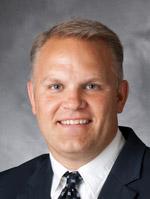 Randy Trzeciak Senior Member of the Technical Staff, Software Engineering Institute’s (SEI), CERT, Carnegie Mellon University
Randy Trzeciak Senior Member of the Technical Staff, Software Engineering Institute’s (SEI), CERT, Carnegie Mellon University
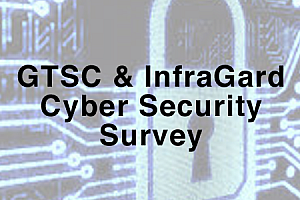
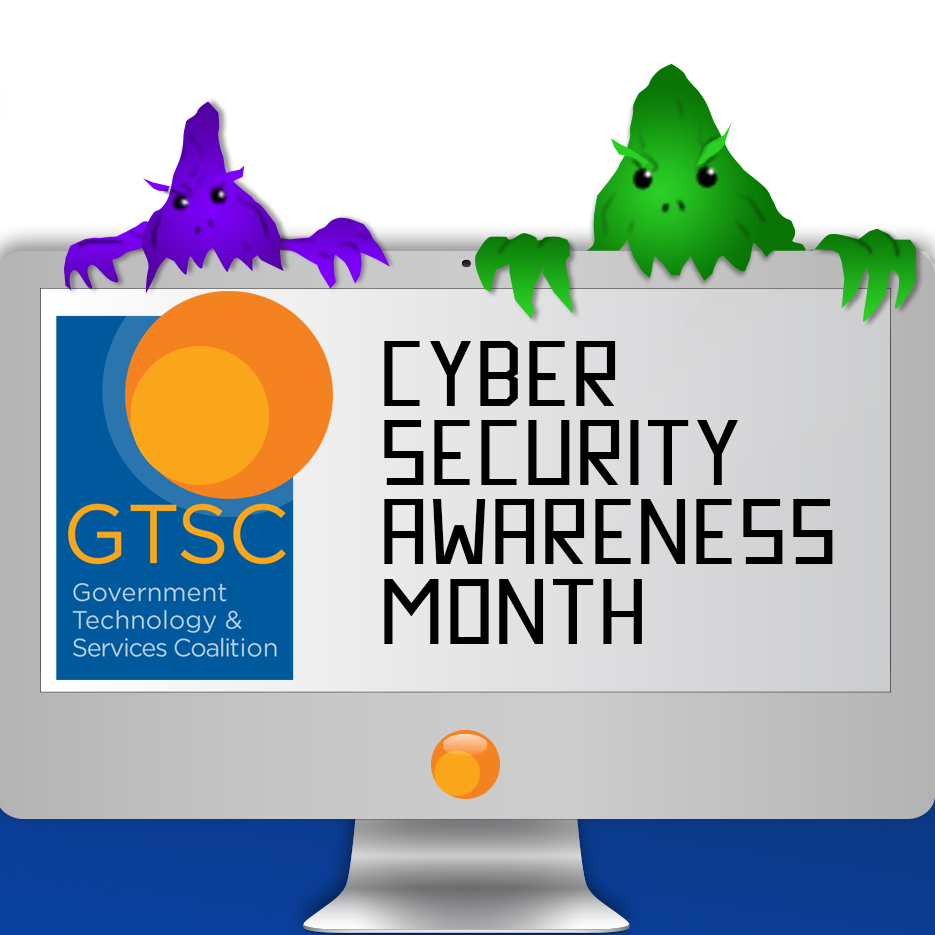 The survey collects data on the type and frequency of computer security incidents in which a computer was used as the means of committing a crime against the company or as a conduit through which other intrusion and/or criminal activity was perpetrated. It also collects data about the type and size of the company, cyber security practices, and computer infrastructure.
The survey collects data on the type and frequency of computer security incidents in which a computer was used as the means of committing a crime against the company or as a conduit through which other intrusion and/or criminal activity was perpetrated. It also collects data about the type and size of the company, cyber security practices, and computer infrastructure.


 AGENDA AT A GLANCE
AGENDA AT A GLANCE Keynote: Dr. Phyllis Schneck, Deputy Under Secretary for Cyber Security, NPPD, DHS
Keynote: Dr. Phyllis Schneck, Deputy Under Secretary for Cyber Security, NPPD, DHS
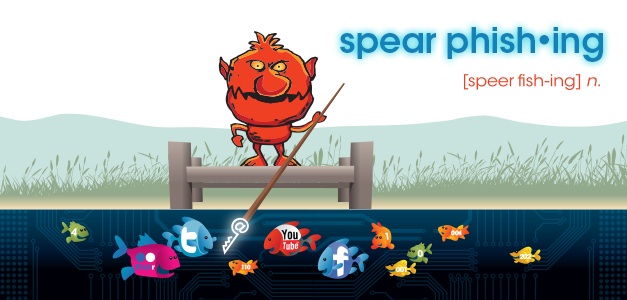
 I’m pretty good. I know that you can’t always tell the difference from the real messages and the fake ones that I dangle in front of you. It doesn’t take long for me to gather lots of personal information about you — what you like, who you follow, what you purchase online and which websites you visit.
I’m pretty good. I know that you can’t always tell the difference from the real messages and the fake ones that I dangle in front of you. It doesn’t take long for me to gather lots of personal information about you — what you like, who you follow, what you purchase online and which websites you visit.

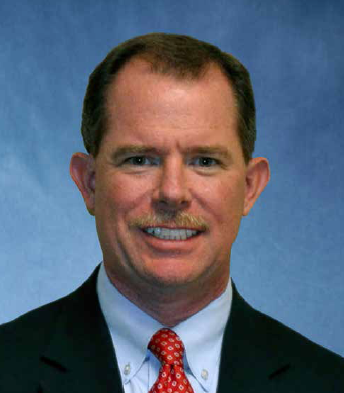 About Keith Bryars, Client Executive
About Keith Bryars, Client Executive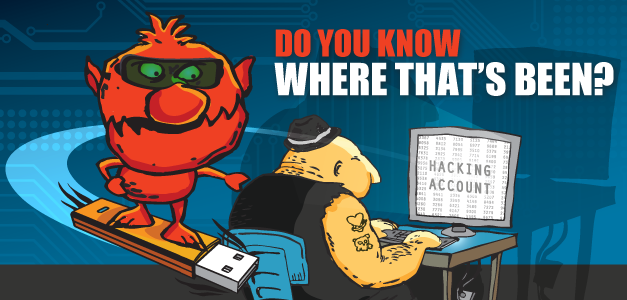 Steer clear of portable malware by using only secure removable media
Steer clear of portable malware by using only secure removable media
 You shared your password … now I know all your secrets. Don’t get exposed — be smart about your password!
You shared your password … now I know all your secrets. Don’t get exposed — be smart about your password!